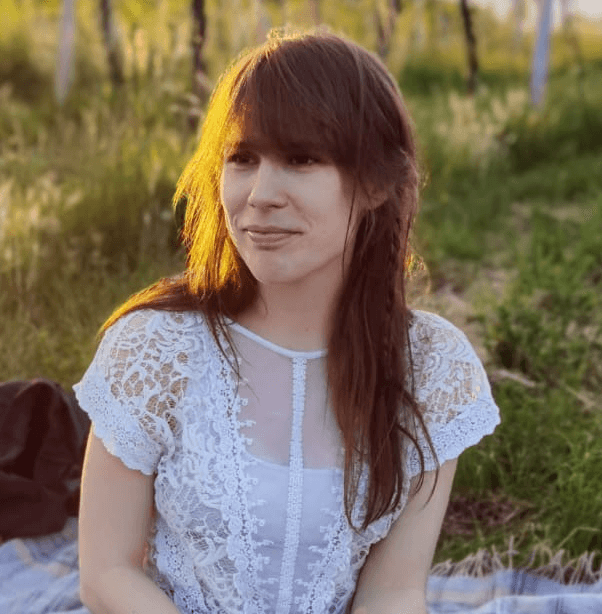Self-determined learning through the innovative chabaDoo honeycomb system
The name reminds a bit of “Yabba Dabba Doo”, doesn’t it? Who can remember the joyful exclamation of Fred Feuerstein? Of course, there is absolutely nothing Stone Age about the innovative digital honeycomb learning management system of the Upper Austrian EdTech start-up chabaDoo. But this pure joy of Fred is also felt by those who work with the learning software by founder and CEO Markus Fischer. Accompanying studies by the Hagenberg University of Applied Sciences have shown that learners feel valued and self-determined with it, and even want to learn more. This is in line with the company’s vision: imparting knowledge should be fun and an autonomous process.
Since its founding in 2018, eager supporters have therefore mainly been students. Especially at the beginning of the Covid 19 pandemic, they succeeded in distance learning more easily than others with the tools of chabaDoo. What exactly makes this e-learning so popular? We were curious and also found out what the mysterious name really stands for…
Chaba WHAT?
First of all – what exactly is behind it? Put simply, it is a learning ecosystem. The core and essence of the company is the software – a digital learning management system. But the hardware is also available in the form of a “covertible”: a laptop-notebook hybrid, with integrated internet access through a SIM card. It is ideally suited to the school environment: shockproof, dustproof and waterproof, and also inexpensive thanks to direct sales. “Especially during the Corona lockdowns, this was an important component for the switch to homeschooling,” says Markus.
The innovative learning system is used online, learners and teachers register and receive a personal account. By the way, the learning software is not only used in schools – entrepreneurs also use the platform for training. Audi in Germany, for example, uses it to train its managers.
Yabba Dabba AHA!
The principle of learning here always remains the same: the knowledge is imparted via learning sections. Each of them consists of the introduction, the basic knowledge, the “checkpoints”, the advanced knowledge and the conclusion. They can be created for any topic or project, subject-related or interdisciplinary. A round learning journey is created, both in a didactic and in a pedagogical sense. Starting with the motivation – Why should I learn this, what will I get out of it? – to the final AHA experience when success is achieved. Of course, this helps to develop a healthy self-esteem: You have done it yourself!
Yabba Dabba WABE!
The learning tracks consist of “honeycombs”, the smallest possible learning units of a larger topic. These contain the learning content, prepared by text, pictures, presentation slides, videos or links for independent research. They thus consist of a theory part and practical exercises to consolidate what has been learned. With the honeycomb wizard, users can create and share these learning elements – with a group, the school, the company or the entire chabaDoo community.
These units can also be used in learning pathways or attached to other honeycombs. This opens up possibilities for individualisation. For example, if a class understands the topic of cash discounts well, but has problems with percentages. Teachers can use an extra honeycomb for this. Because one thing is clear: “Learning without context is only storing knowledge, but not learning,” says Markus.
The founder builds on his many years of experience at the Veritas textbook publishing house, which he left with a heavy heart. However, he finally dared to take the step of founding the company in order to concentrate fully on his revolutionary idea in the education sector.
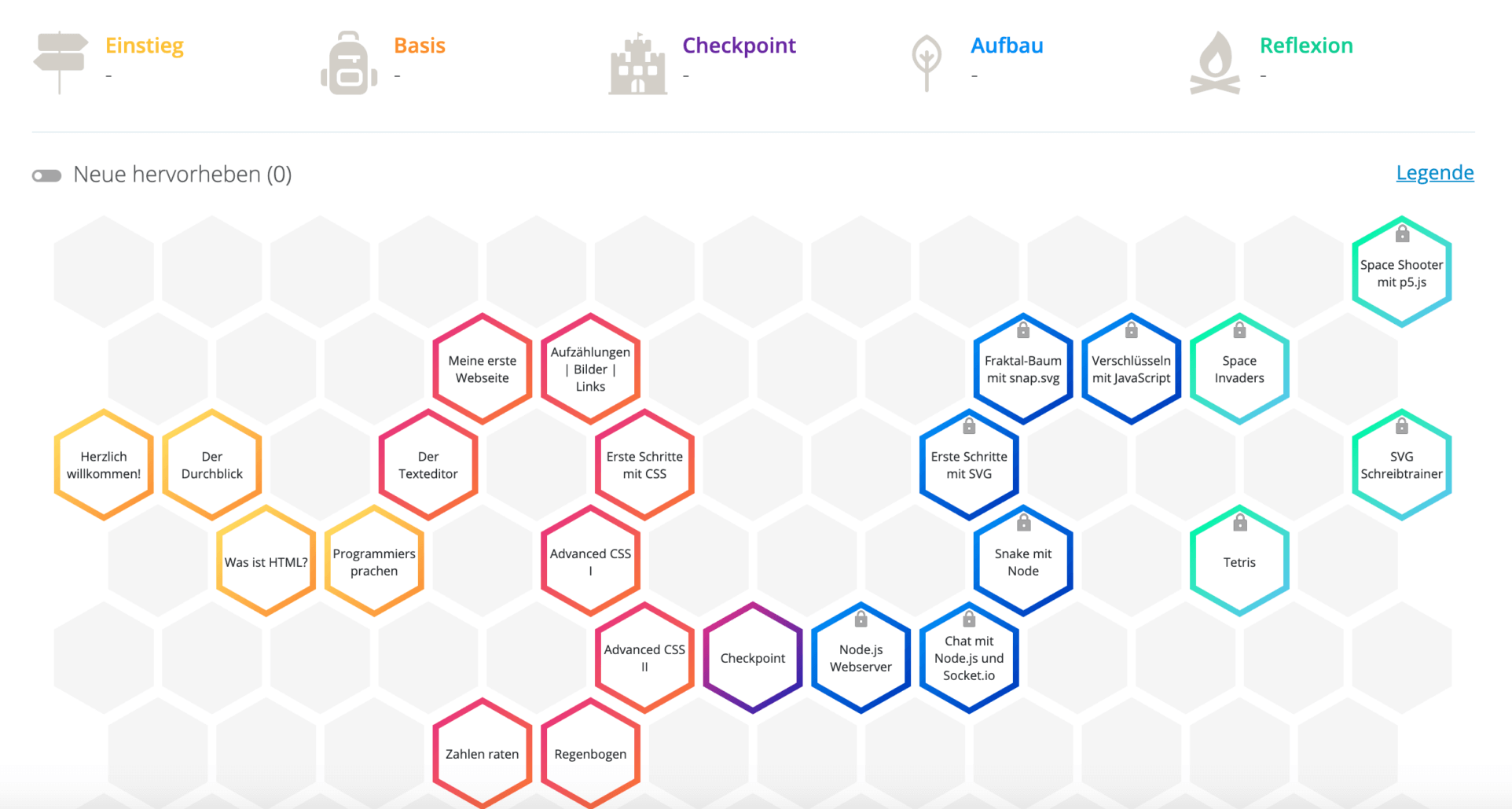
Yabba Dabba Doo!
Despite his great commitment, he has encountered obstacles. Open learning formats in particular are a great challenge for many teachers. However, the EdTech visionaries are well prepared for this: “We want to help them move towards interdisciplinary and open learning systems. The team of 14 educators and software developers therefore accompanies the schools in the implementation of the new learning processes and formats – for holistic and individual school development. This takes place in individual sessions or in the community on the platform, as needed. In addition, chabaDoo offers live coaching sessions with e-learning experts.
By the way, the study of the FH Hagenberg clearly proved the great potential of the holistic learning concept of chabaDoo: Pupils learned better when they did not feel permanently observed and could work autonomously in the system. The simple graphic design of the learning sections also met their needs. “The children make a clear distinction between learning and leisure. They don’t want any gimmicks or Instagram channels for learning, they are very reflective,” Markus says about the results of the scientific monitoring.
Chabuduo – Doo?
As such an innovative company, the start-up still has big things in mind. Not enough to shake up the education system, an algorithm is also being developed that suggests suitable honeycombs to make the system even more intuitive. “This will support educators even better in individualising content for each student. Everybody should get what they really need to learn.
Oh, and for all those who are still eagerly awaiting the resolution of the sonorous name:
The combination of words comes from China, more precisely from the Mandarin language. “Chabuduo” means “it is enough” and “Doo” means “to move something”. This is supposed to encourage the perfectionists to develop real solutions from their ideas. So far, at any rate, they are living up to this meaning.
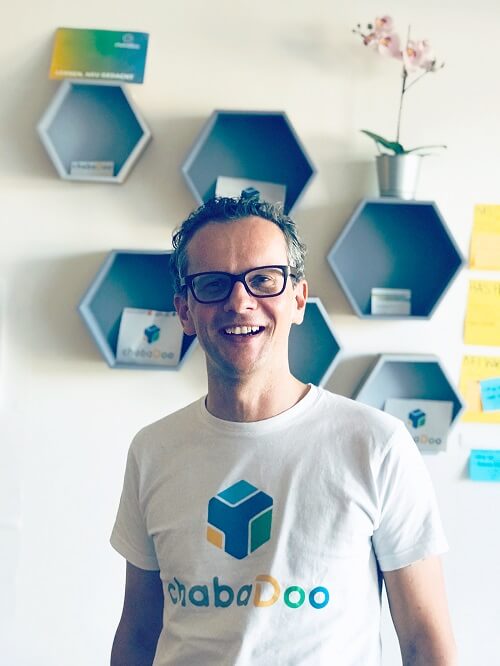
We asked Markus Fischer:
Weren’t you initially concerned that you might fail with your new learning system because of the strict requirements in the school system?
We deliberately said we didn’t want to look at the restrictions in the school sector. Of course there are curricula, that makes perfect sense and we don’t want to question that at all. It is only how learning takes place that we have questioned. Our point is paragraph 14 of the Education Act. It says that teachers can design their lessons as they wish. They only have to make sure that they fulfil the curriculum. We want to actively move forward, not be slowed down, so we refer to that.
What does it take to make distance learning work?
First of all, you need the necessary infrastructure for distance learning. And a second aspect – trust. The other is tools. But the interaction between students and teachers, both with each other and with each other, should be nurtured and cherished. And there should be confidence in the process – to know that you are well on your way to learning on your own. For Austria, I would like to see the actors who strive for education get the chance to become effective in it. In my opinion, the platform of EdTech Austria is a great contact point and support.
What makes a good (digital) learning platform?
A good learning platform is one that really empowers learners to develop. Where I don’t see learning as a duty, but primarily as an opportunity to develop myself. And I can experience and shape this development myself. A good learning platform is one that encourages learners not only to work digitally. Teachers remain education experts with chabaDoo and are supported by us as digitalisation experts. We want to support the learning process holistically with our solution. It is therefore a hybrid format. Digital should help to use personal time differently.
More articles
The following articles might also interest you.
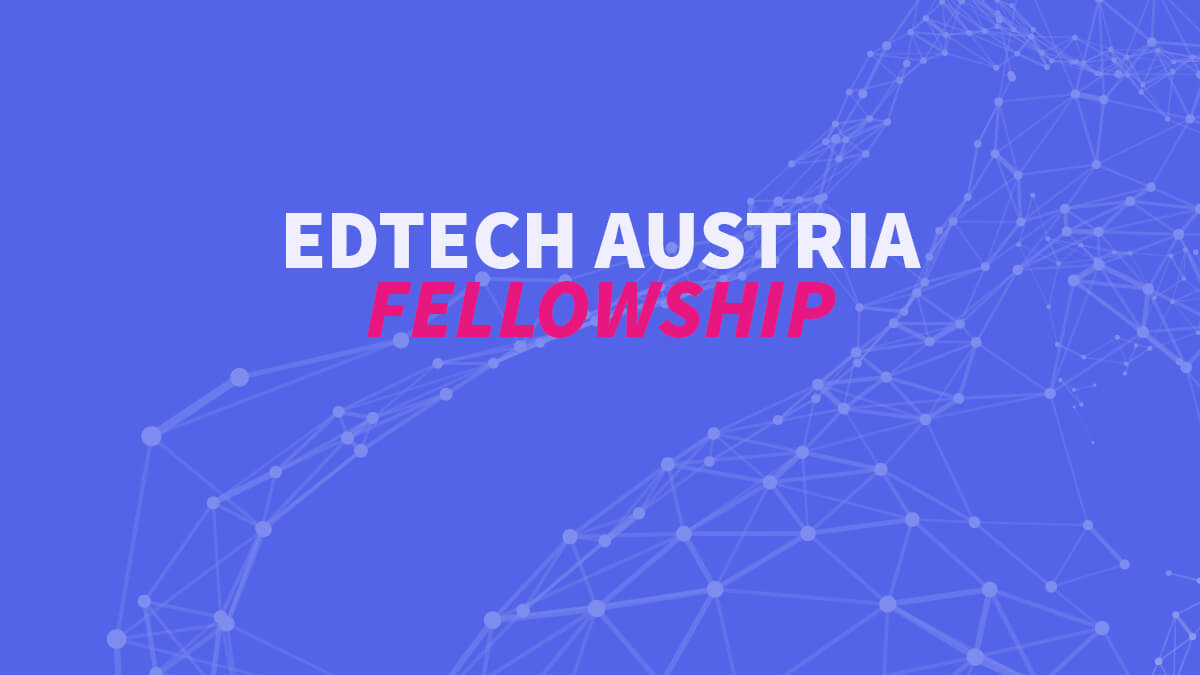
EdTech Austria Fellowship
24. October 2024
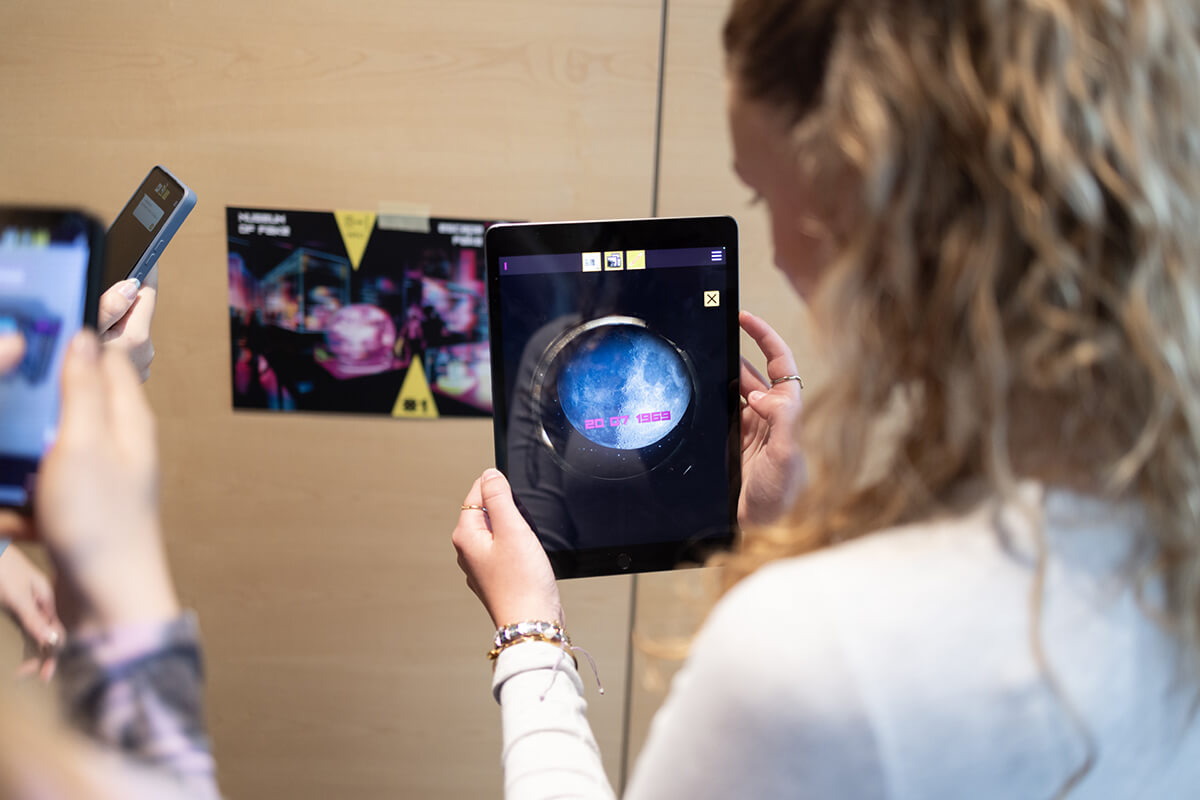
AR, VR and XR: Shaping Learning through Virtual Worlds
30. June 2025
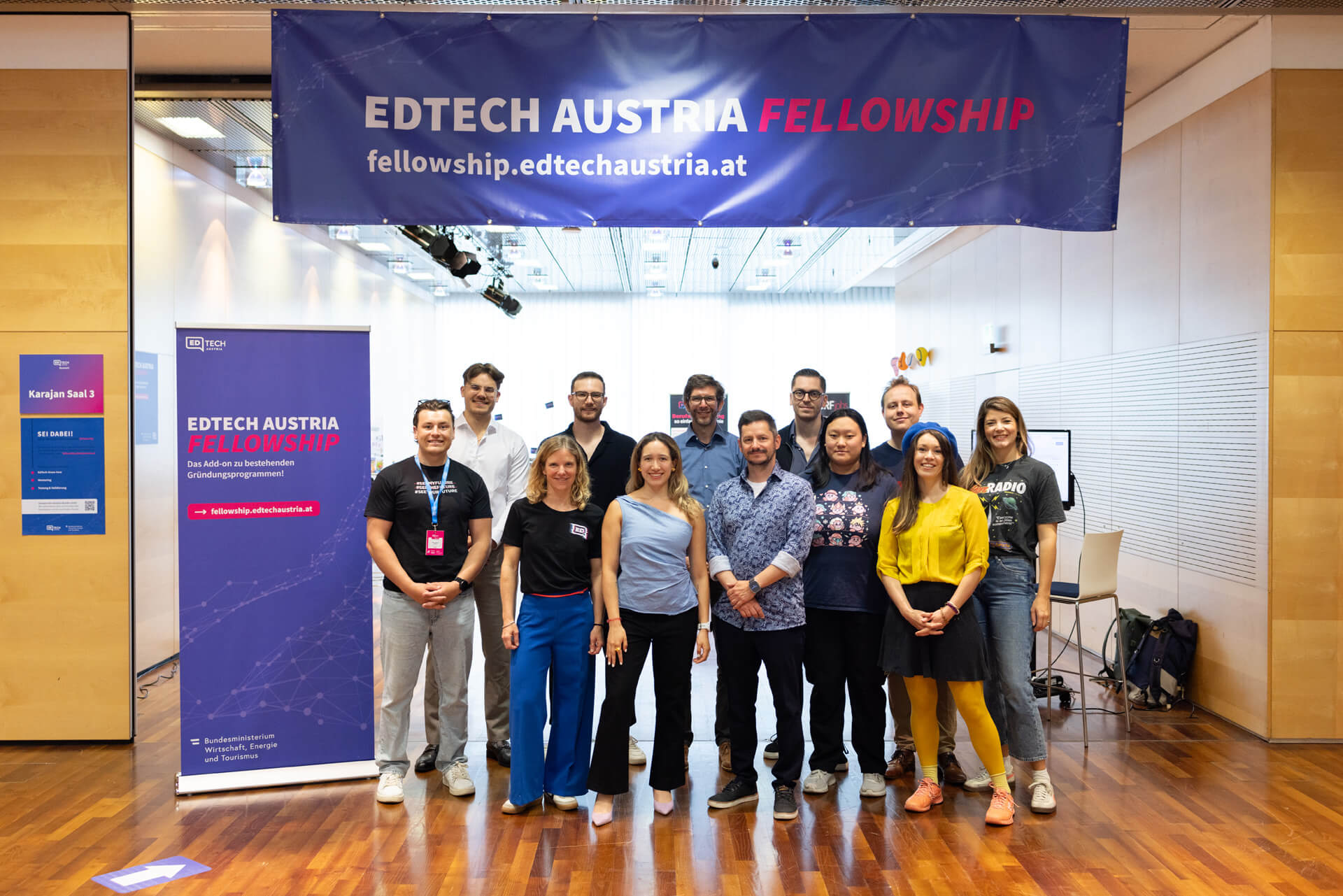
EdTech for all, all for EdTech – shaping the world of education together
18. June 2025
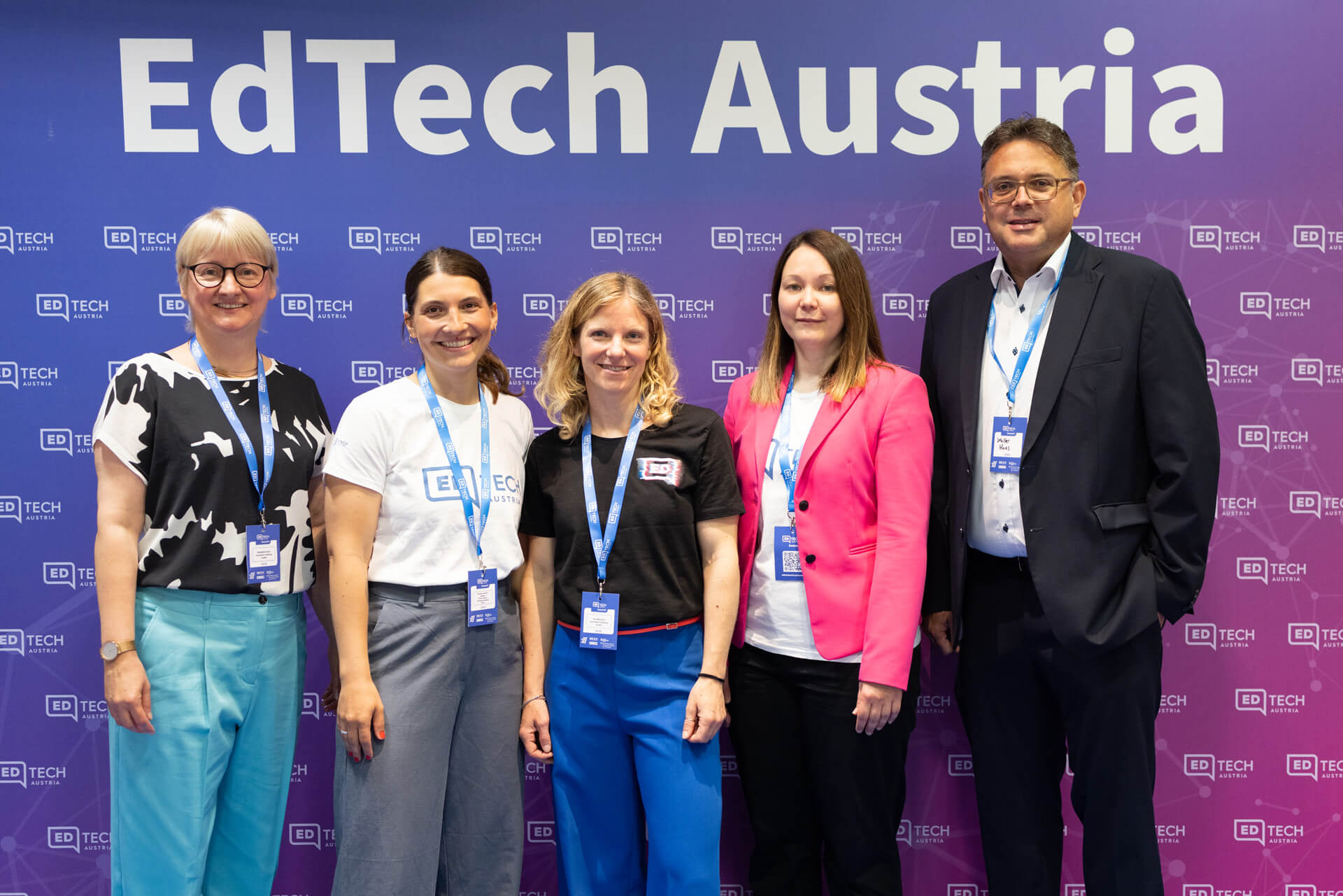
Real-World Practice Meets Innovation: The Fourth EdTech Austria Summit
3. June 2025
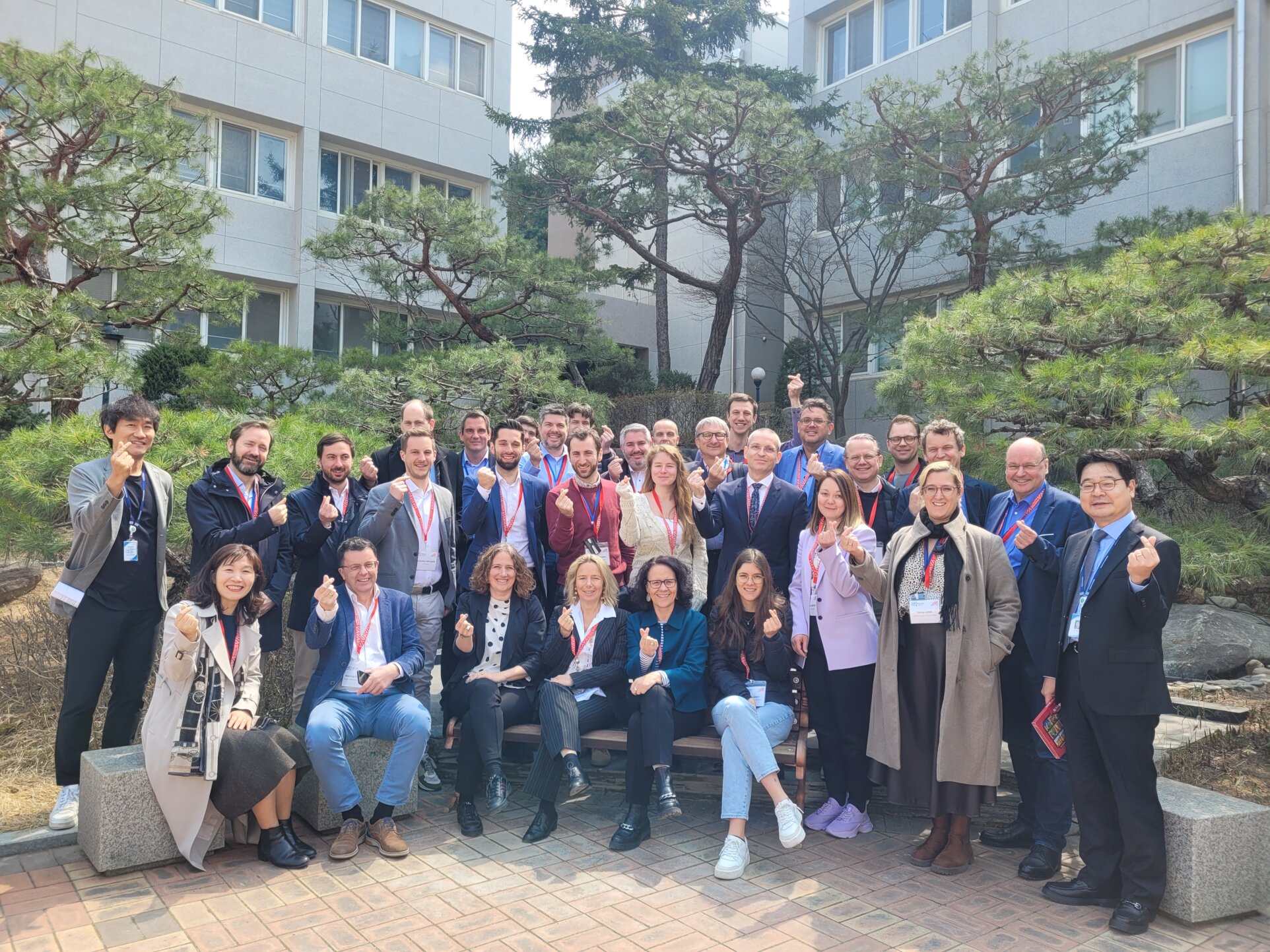
South Korea: How technology, culture and the courage to innovate are shaping education
30. April 2025

Lifelong Learning in Transition: Opportunities and Challenges of AI
17. January 2025
